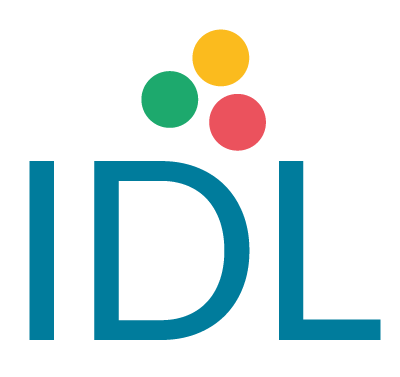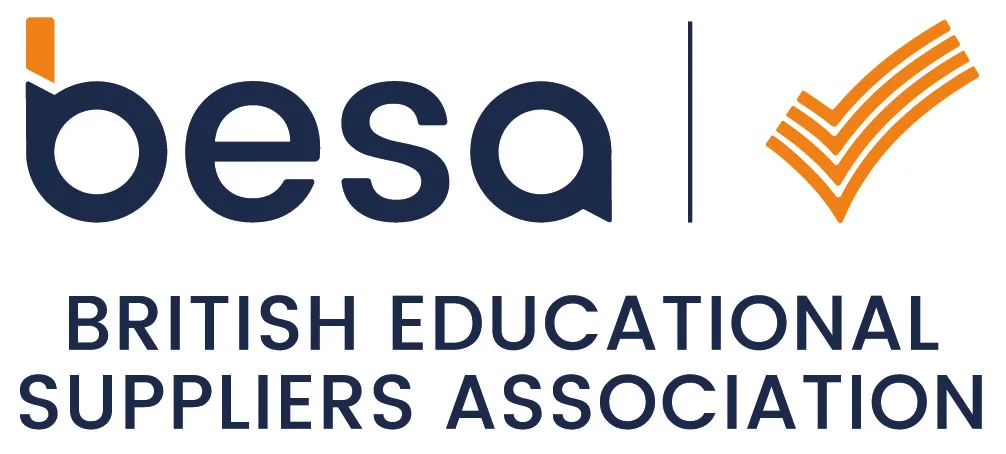This website uses cookies so that we can provide you with the best user experience possible. Cookie information is stored in your browser and performs functions such as recognising you when you return to our website and helping our team to understand which sections of the website you find most interesting and useful.
IDL Overview for Teachers and Teaching Staff
At some point, you may have thought, “Can I make a real positive difference to a student’s English and maths skills in the limited time I have with them?”
We know the answer is usually “Yes” but the challenge is “How?”
The IDL platform has been designed to satisfy this challenge, with proven results and a simple interface that allows you to automate lesson plans and see student progress at the touch of a button. This is why thousands of teachers around the world trust IDL.
- Award winning literacy and numeracy software trusted by thousands of schools around the world
- An unlimited user licence to use with as many learners as you like on as many devices as you wish
- A user-friendly interface that allows you to automate lesson plans and see pupil progress at the touch of a button
- The ability for pupils to work independently with minimal supervision
- Touch typing and subject specific spelling exercises – perfect for homework or exam practice
- Downloadable certificates to reward pupil progress
- Progress reporting and graphs to show individual and class improvement
- Apps designed for iPads and tablets so you can use IDL on any device with an internet connection from any location
- Free CPD Certified training events throughout the year covering topics such as dyslexia and dyscalculia
- Specialist IDL training webinars to ensure you are getting the most out of the programme
- Dedicated technical support team and customer service advisors on hand to help
- Portfolio of free resources to provide extra support, including Animated Maths Tutorials, Literacy & Numeracy Screening and Times Tables Practice
Teachers Thoughts
“The children are really enjoying the IDL programme, and we can already see progress with those who are completing it regularly. The staff who lead the programme are confident with the process, and it is excellent that we can track completion of lessons in school and at home.”
Mrs Lucy Neal, Stocks Lane Primary School
“Pupils are really enjoying using the programme. The results with one particularly hard to motivate pupil has been amazing! The TA has grown in confidence too and is looking forward to running the programme for more children next year. It has been good to be able to run the programme with one TA for several children at once. We are expanding the programme to include a wider range of children with reading and spelling problems. I have recommended it to other SENCos at our cluster meetings.”
Janina Callery, Carter’s Charity Primary School
Hambleton Primary Academy - Kairen JonesThe increase in reading and spelling ability with our children is noticeable and within a relatively short period of time.
Improving the wellbeing of children with dyslexia and dyscalculia

Our Products View All Products
IDL Literacy Software
The IDL Literacy Intervention Software is a speaking-computer based multi-sensory system which supports learners with dyslexia and other learning difficulties.
Learn More
IDL Numeracy
IDL Numeracy is a maths numeracy software resource that helps to improve the ability of low-attaining learners in mathematics.
Learn More
IDL Wellbeing
IDL Wellbeing is an exciting new product designed to integrate with a whole-school approach to mental health, toughness and behaviour management.
Learn More
IDL Literacy Screener
The IDL Literacy Screener is a simple, effective online tool that students and teachers can use to highlight dyslexic-type difficulties.
Learn More
IDL Numeracy Screener
The IDL Numeracy Screener has been developed to provide a simple to use online test that will highlight number SEN.
Learn More
IDL Maths Tutorials
Math Tutorials are a new set of online math tutorials that present the main topics in the school curriculum in an easy-to-follow, step-by-step way.
Learn More
IDL Multiplication Tables Check
This revision tool prepares learners for the mandatory Multiplication Table Check (MTC), which is now statutory for all primary schools in England.
Learn More













